
A Canadian study finds that the human brain emits a faint glow known as bio-photons, which vary with mental activity.
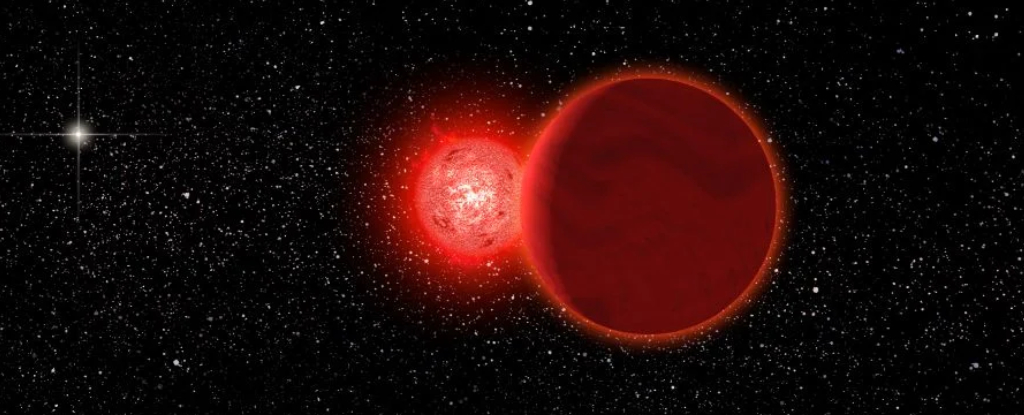
About 70,000 years ago Scholz's star passed through the Oort Cloud. It may have perturbed some comets from the Oort Cloud. But we won't know for a couple of million years because that's how long it would take for a comet to reach us.

Careful analysis of the animals revealed subsequent changes to protein production, gene activity, bacteria levels, and the microRNA coding inside cells.
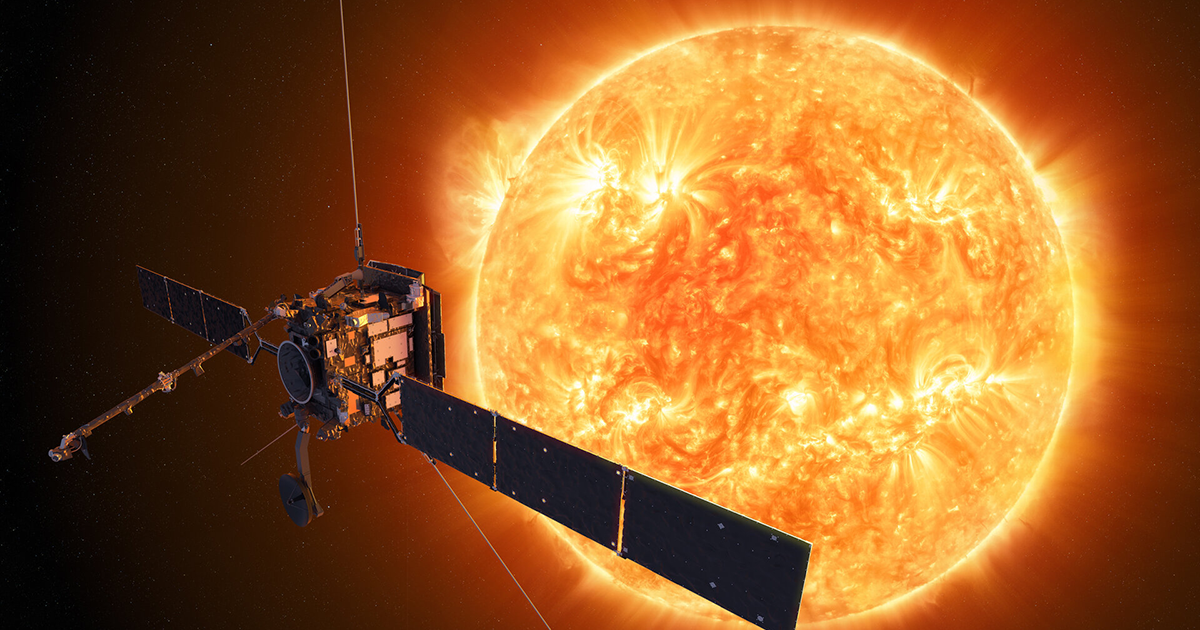
ESA's Solar Orbiter deep-space probe has made history, returning the first-ever images of the Sun's south pole.

Gene expression, where cells use the genetic information encoded in DNA to produce proteins, has been thought of as a dimmer light.

Astronomers have created a galactic masterpiece: an ultra-detailed image that reveals previously unseen features in the Sculptor galaxy.
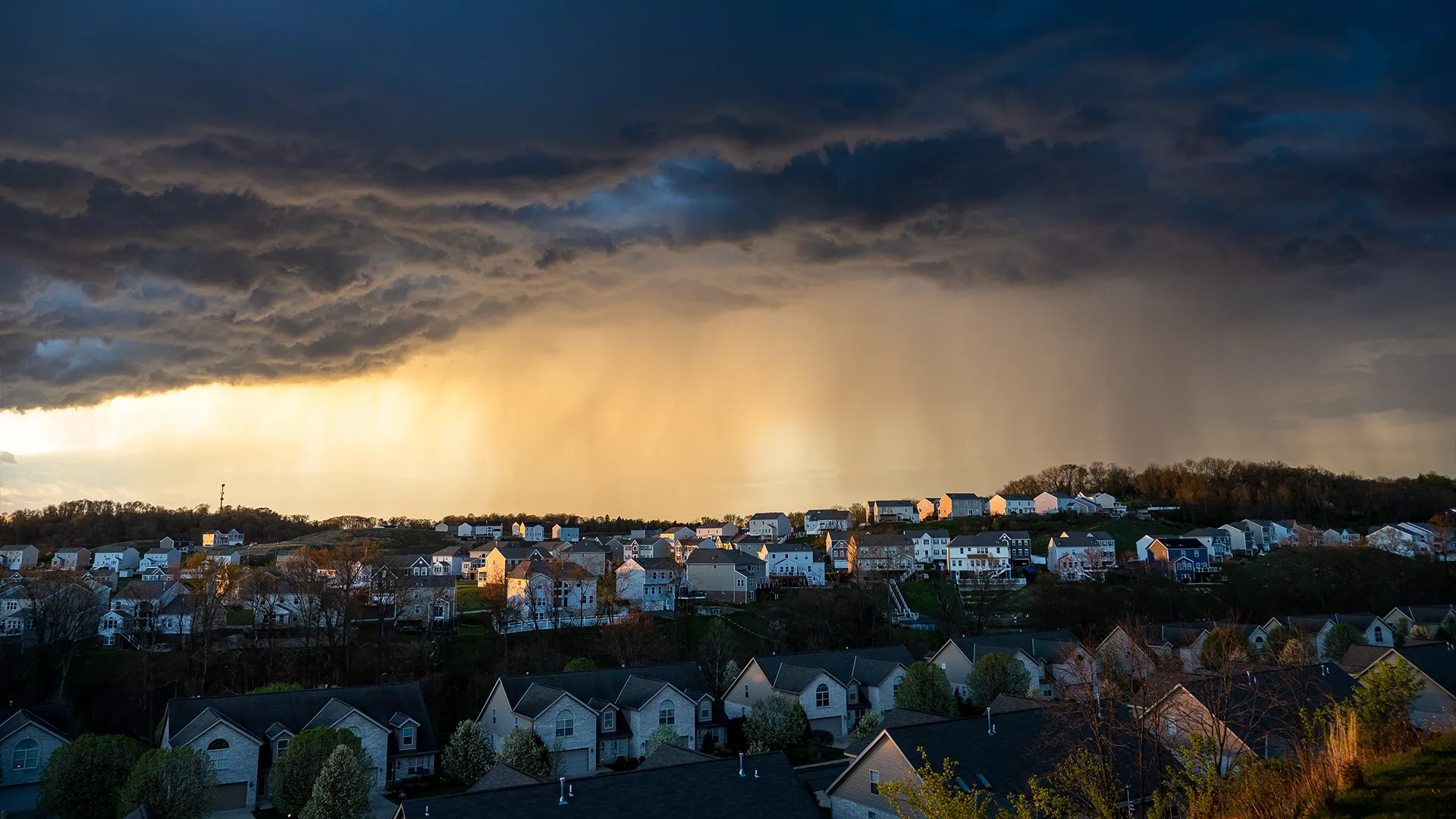
In a surprising twist during an air quality study in Oklahoma, researchers detected MCCPs an industrial pollutant never before measured in the Western Hemisphere.

Smashing atomic nuclei together at mind-bending speeds recreates the fiery conditions of the early universe and scientists are finally getting a better handle on what happens next.

Today, the European Space Agency's Proba-3 mission unveils its first images of the Sun's outer atmosphere - the solar corona.

Physicists from Germany, Switzerland, and Australia have now placed new restrictions on where one example of a 'fifth' force may be hiding in the hearts of atoms, exchanging whispers between electrons and neutrons.
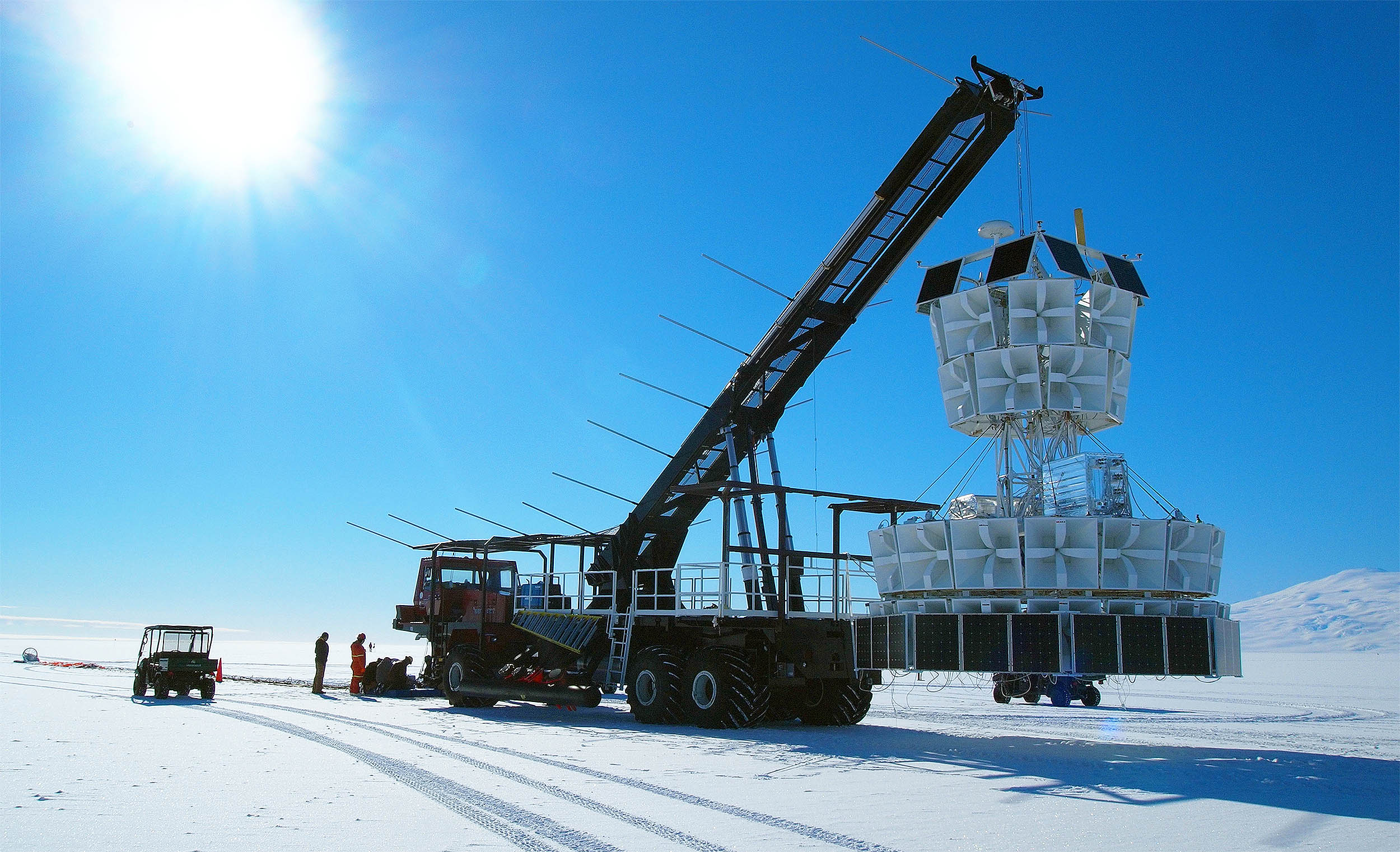
The ANITA experiment, built to detect neutrinos, has detected very strange radio waves coming from deep below the Antarctic ice.
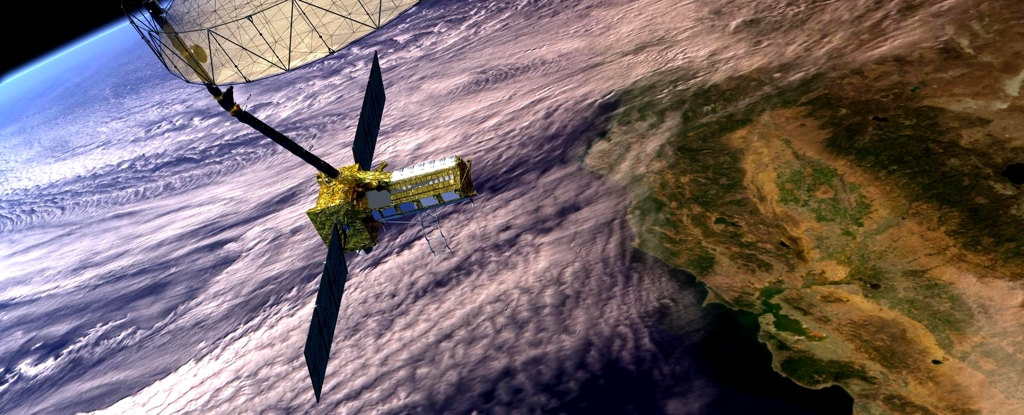
In a few days, a new satellite that can detect changes on Earth's surface down to the centimetre, in almost real time and no matter the time of day or weather conditions, is set to launch from India's Satish Dhawan Space Centre near Chennai.
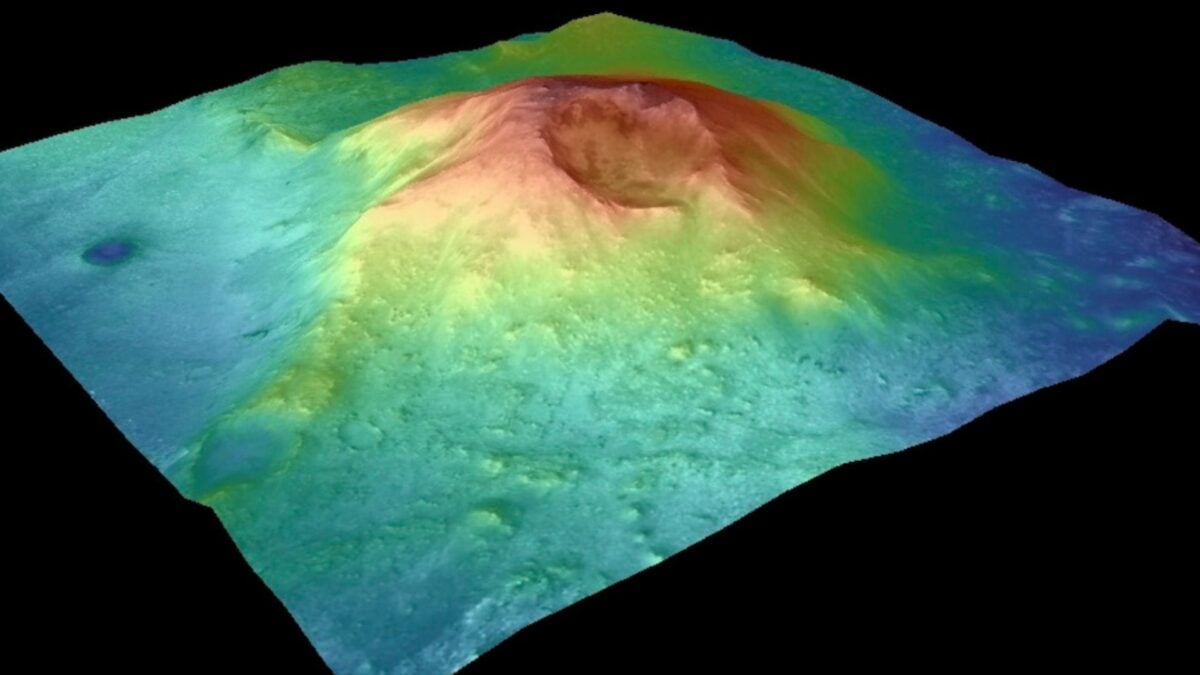
The researchers posit that the volcano could have supported conditions favorable for life in the once-watery Jezero crater.

A new panorama from NASA’s 2001 Mars Odyssey orbiter shows one of the Red Planet’s biggest volcanoes, Arsia Mons, poking through a canopy of clouds just before dawn.
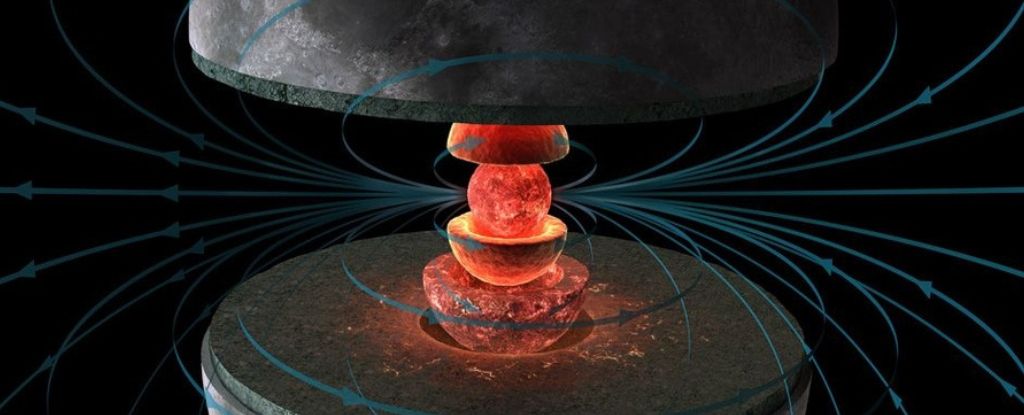
Unlike Earth, the Moon doesn't have much of a magnetic field – and yet, a strange pile of rocks on the far side seems mysteriously magnetized.